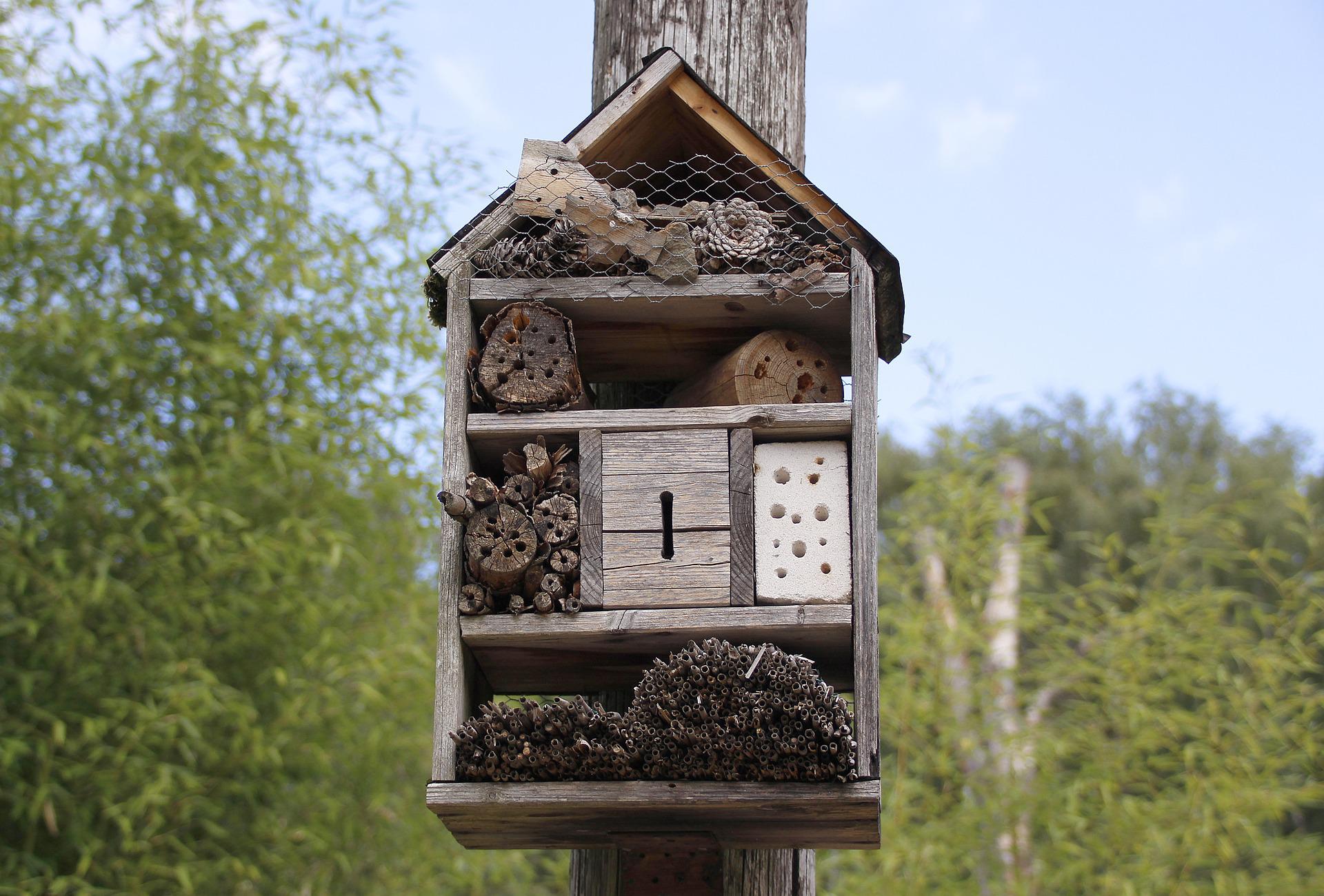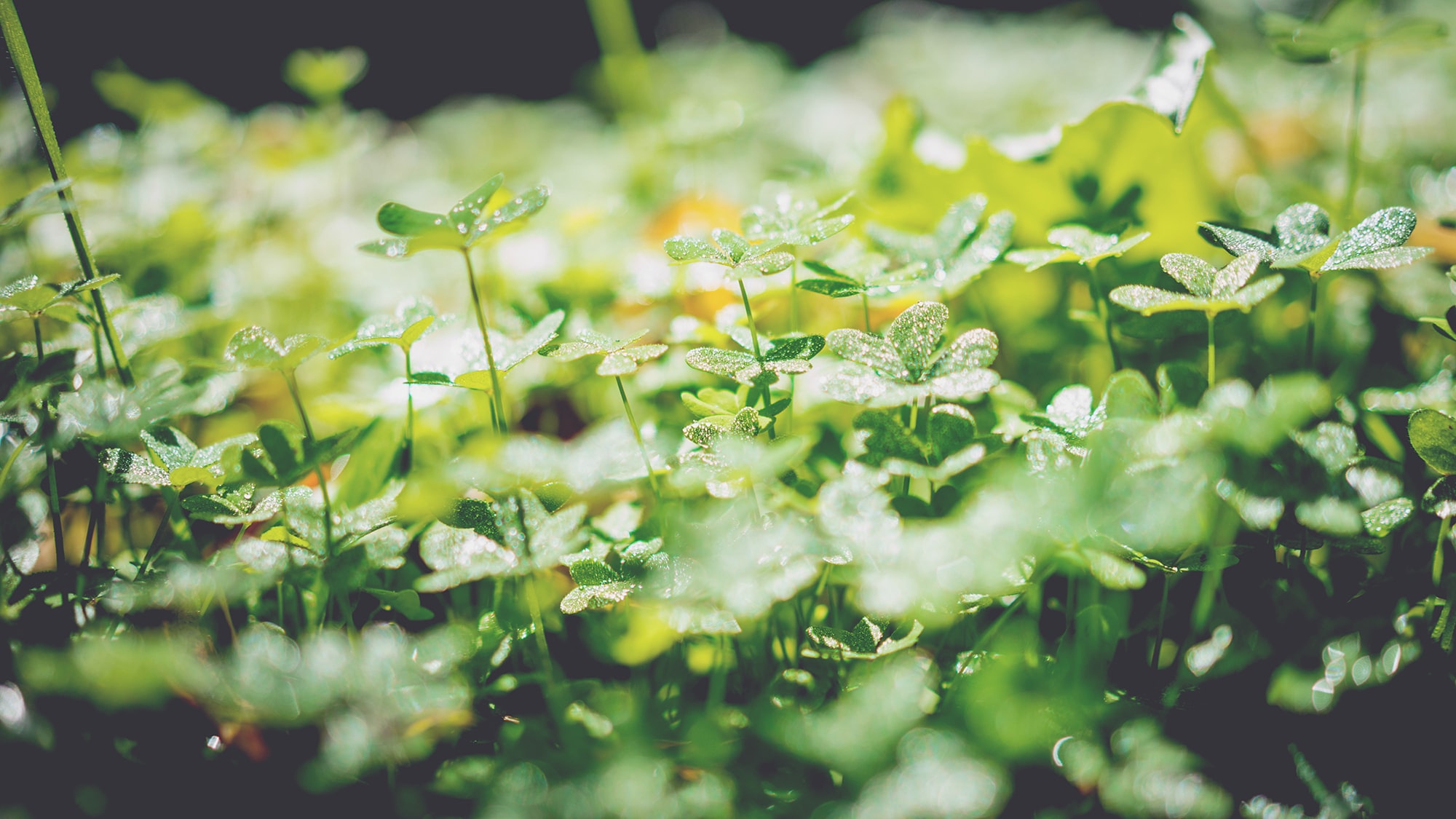Chiana Dickson
20th May marks World Bee Day. On this day in 1734, Anton Janša, the pioneer of beekeeping, was born. The bee population is rapidly declining across the world. So, this World Bee Day, learn how to make a bee friendly garden to help your local minibeasts.
Bees hold one of the most important roles in maintaining our planet. They are prolific pollinators and are vital to the pollination of approximately 80% of all flowering plants, including our crops. “These creatures are vital to what we eat and what our countryside looks like,” Gill Perkins, chief executive of the Bumblebee Conservation Trust, told the BBC,
“They provide a whole ecosystem service.”
Habitat loss, climate change, and pesticides are some of the biggest threats bees face worldwide. We are quickly facing a future without these wonderful little creatures, however, there are ways you can help at home. With the UK government recently approving the use of bee-harming pesticides in the UK post-brexit, creating a safe space for bees wherever you can is becoming more important. Here’s what you can do to welcome these hard working creatures into your garden.
Fill up on flowers
It is important to pick the right flowers if you want to create the perfect bee sanctuary. A wide range is best. If you are not too sure which ones to pick out, a good place to start is with a packet of wild flowers.
Flowers that bloom throughout the year are especially beneficial, but a flowering period between March and September can have the biggest impact as this is when bees are most active.
Specific flowers to plant include Blue Globe Alliums, which are incredibly eye-catching to the little critters, Oriental Poppies, which provide protein-rich pollen, and Lavender, whose sweet fragrance and tiny flowers make the perfect treat for honeybees.

Set up shelters
Shelters attract solitary bees and provide hollow cavities for them to lay their eggs. The shelters should always be positioned in full sun and away from your house’s doors and windows to give the bees space and prevent them from accidentally venturing into your home. Remember, it is great to host bees, but not to bother them.

Prevent using pesticides
Weeds may look terrible amongst perfectly manicured flowers, but consider letting a few grow to create a bee friendly garden sanctuary. They attract bees and provide an excellent source of pollen and nectar. If you do have to remove them, consider uprooting them by hand when and where possible rather than spraying weed killer that may be damaging to bees and other buglife.
An alternative way of preventing pests is to plant beneficial plants. For example, Marigolds and Tomato plants repel greenfly and black flyr, whilst planting garlic plants around roses will keep aphids at bay.
Help a bee in need
If you see a bee in need – perhaps stuck on the floor or seeming lethargic – get them back on their feet by providing a small amount of sugar water. Mix equal parts warm water and sugar and use a bottle cap to harness the liquid and pop it near to the bees head. It should be able to reach the drink, warm and energise itself.
Grow don’t mow
Whilst long grass can look a bit messy, letting grass and other wild flowers grow offers a great opportunity for bees to thrive. For the ultimate bee friendly garden, consider a clover lawn. Clover laws require less maintenance all-round and need little to no water without browning – helping the environment in more ways than one. It also helps to attract beneficial insects like bees and parasitoid bugs that feed on aphids and whiteflies. If you have a dog, they are also less prone to dead spots.
Whilst clover lawns are not durable enough for more high-traffic areas, the pros are certainly worth the limited cons.

Find out more about World Bee Day 2022 here.
Featured image courtesy of Dmitry Grigoriev via Unsplash. Image licence found here. No changes were made to this image.

